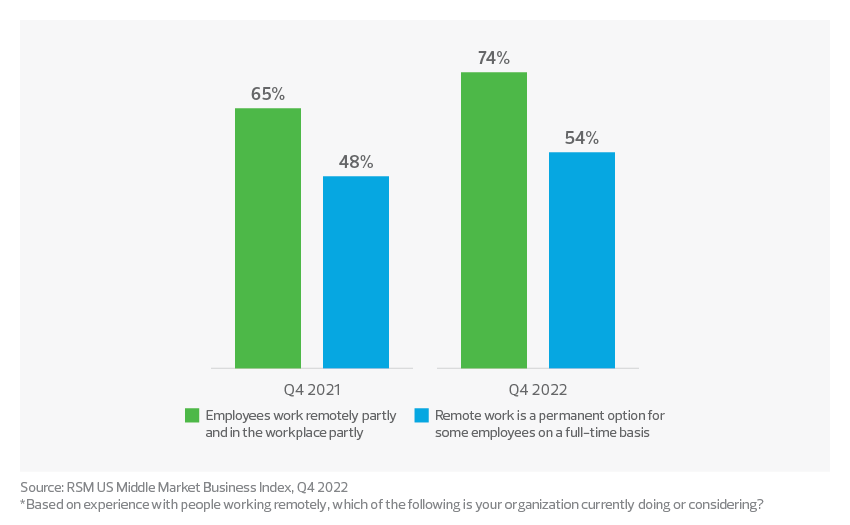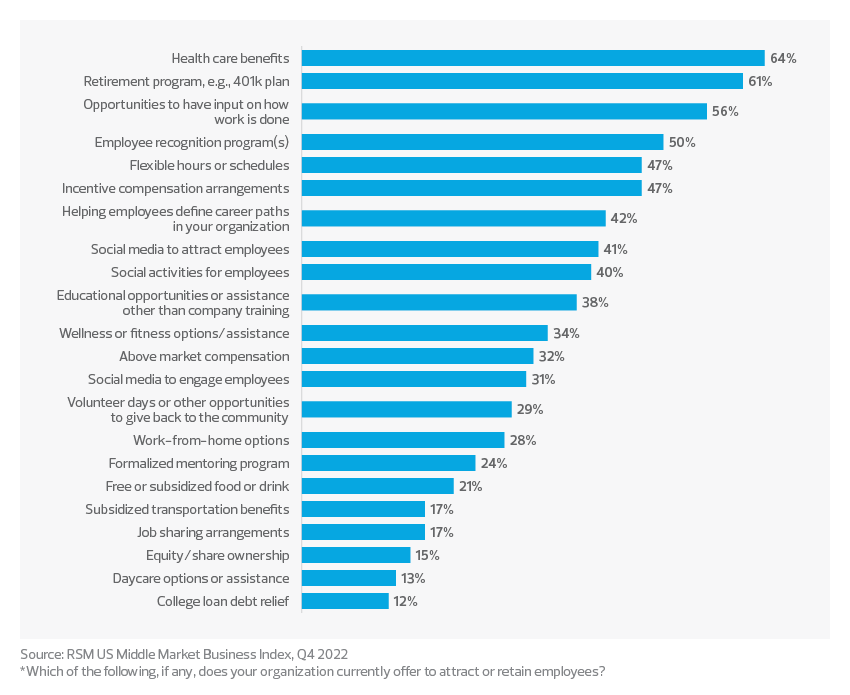Whether it’s remote work, fringe benefits, or equity pay, the tax costs of compensation and benefit offerings do not have to stand between your organization and a successful, sustainable workforce strategy. In fact, understanding the tax implications can help you align your compensation philosophy with your business objectives and what your workers value.
The tax planning and compliance considerations are often complex, so we have curated these insights to help foster your understanding. Because when your organization thoughtfully considers its options for compensating, incentivizing, recruiting, and retaining employees, you commit to cultivating a workforce that differentiates your organization in the marketplace and positions it for long-term success.




